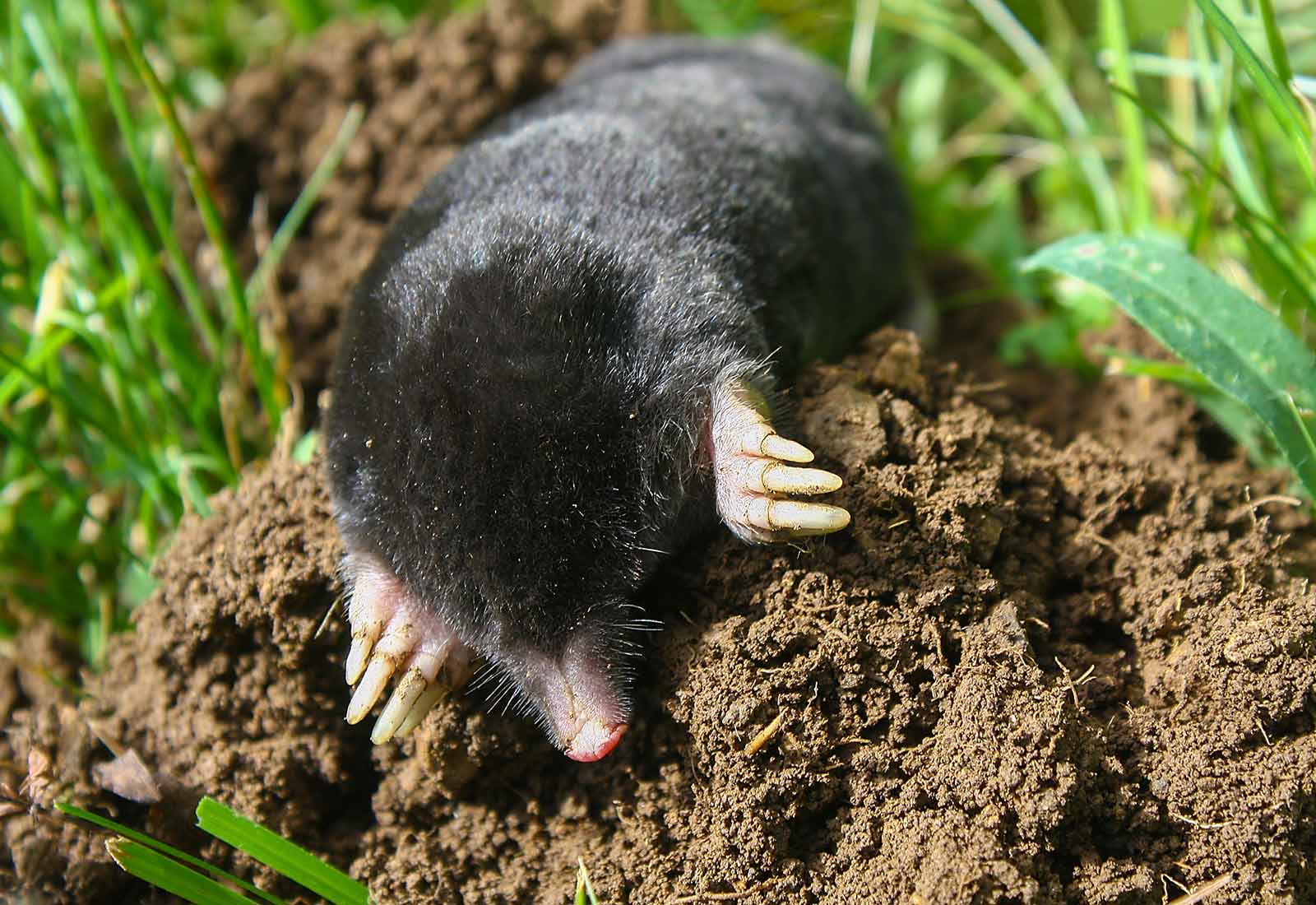Understanding Vole Backyard Damage and Exactly How to Battle It
Understanding Vole Backyard Damage and Exactly How to Battle It
Blog Article
Grasping Vole Bug Control: Extensive Insights on Problem Avoidance and Therapy Approaches
By identifying the subtle indicators of vole problem early on, we can take proactive steps to prevent extensive damages. In this discussion, we will certainly explore the nuances of vole behavior, delve right into the recognition of infestation signs, and discover the most effective prevention and treatment approaches.
Understanding Vole Behavior
Analyzing the foraging patterns of voles uses important understandings right into their behavior and environment preferences. By observing their foraging actions, scientists can obtain a better understanding of where voles favor to establish their environments and the degree of their ecological influence.
Study shows that voles display discerning feeding habits, liking roots, seeds, and roots. This nutritional preference affects their foraging patterns, leading them to locations abundant in greenery and ground cover. In addition, voles are known to develop sophisticated passage systems for foraging and nesting purposes, indicating a high level of versatility to their environments.
Comprehending vole actions is essential for applying targeted bug control actions that disrupt their environment choices and foraging activities (vole control). By studying their actions, professionals can establish extra effective prevention and treatment strategies to handle vole invasions

Identifying Indications of Vole Invasion
Vole problems can be detected by identifying details signs of their existence in a location. One of the most common indications of a vole invasion is the visibility of surface paths.
One more essential indicator of vole problem is the existence of little burrow openings in the ground. Voles dig shallow burrow systems with multiple entrances and leaves. These burrows offer as shelter and nesting websites for the voles. In addition, voles are understood to leave eaten plant stems, roots, and light bulbs near their burrow openings, indicating their feeding task in the area.
Locating these droppings along paths or near burrow openings can verify a vole problem. By being vigilant for these indications, residential property proprietors can quickly deal with vole infestations and avoid more damages.
Implementing Positive Prevention Actions

Additionally, using natural vole deterrents like castor oil-based repellents or killer urine can work as reliable precautionary actions. It is also a good idea to routinely inspect outside rooms for any type of indications of vole task, such as runways or delve openings, to attend to possible infestations quickly. vole pest control. By adopting these aggressive prevention techniques, residential property proprietors can significantly decrease the chance of vole damage and preserve the health and wellness and appearances of their landscapes
Effective Treatment Approaches
Incorporating targeted trapping approaches and utilizing authorized rodenticides are crucial components of reliable therapy strategies for managing vole problems. Normal surveillance and upkeep are also essential aspects of effective therapy methods to ensure that vole populations are maintained under control. By incorporating trapping, rodenticides, habitat modification, and consistent surveillance, efficient vole bug control can be accomplished.
Tracking and Upkeep Tips
Keeping a systematic timetable for tracking and conducting regular upkeep tasks is critical to sustain the efficiency of vole pest control measures. Routine surveillance permits for the early detection of vole activity, making it possible for prompt treatment before problems aggravate. To properly keep an eye on vole populations, strategically placed traps can be used in vole paths or near vole lawn damage burrow entryways. By routinely examining these catches, homeowner can evaluate the degree of vole activity and readjust control strategies accordingly.
Additionally, maintaining a clean and tidy landscape is necessary in vole prevention. Clearing up away particles, such as stacks of timber or thick greenery, eliminates prospective vole environments. Consistently cutting yards and trimming vegetation helps in reducing vole concealing areas and lessens their access to food sources.
Additionally, recurring maintenance of physical obstacles, such as fences or cable mesh, is crucial to protect against vole intrusion. Checking and fixing any type of problems to these frameworks ensures that vole control stays effective in guarding buildings from invasions. By incorporating these monitoring and maintenance techniques right into a comprehensive vole parasite control plan, individuals can successfully handle vole populaces and protect their buildings from damage.
Final Thought
Finally, understanding vole pest control needs a strong understanding of vole behavior, the capability to recognize indications of problem, implementing proactive avoidance steps, reliable treatment approaches, and consistent monitoring and upkeep. By taking a comprehensive strategy to vole control, people can properly take care of and protect against problems, inevitably safeguarding their residential or commercial property and bordering environment from damage triggered by these small rats.
In this discussion, we will certainly discover the nuances of vole behavior, delve right into the recognition of invasion indications, and uncover the most effective prevention and treatment techniques.Integrating targeted trapping approaches and making use of authorized rodenticides are vital elements of reliable therapy methods for handling vole invasions. To efficiently keep track of vole populations, tactically placed traps can be used in vole runways or near burrow entrances. Evaluating and repairing any type of damages to these structures ensures that vole control stays reliable in safeguarding residential or commercial properties from invasions. By integrating these monitoring and maintenance methods right into an extensive vole bug control plan, people can successfully take care of vole populations and protect their buildings from damage.
Report this page